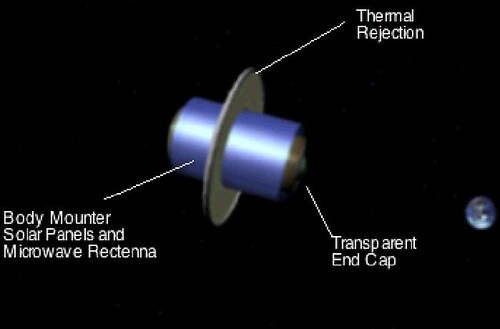A
amshak
Guest
Humanity has the power to fill outer space with life. Today our solar system is filled with plasma, gas, dust, rock, and radiation -- but very little life; just a thin film around the third rock from the Sun. We can change that. In the 1970's Princeton physicist Gerard O'Neill with the help of NASA Ames Research Center and Stanford University showed that we can build giant orbiting spaceships and live in them. These orbital space colonies could be wonderful places to live; about the size of a California beach town and endowed with weightless recreation, fantastic views, freedom, elbow-room in spades, and great wealth. In time, we may see hundreds of thousands of orbital space settlements in our solar system alone. Building these settlements will be an evolutionary event in magnitude similar to, if not greater than, ocean-based Life's colonization of land half a billion years ago.

http://settlement.arc.nasa.gov/
so I think we could discuss About the colonies- Where could we get water In Space? The Energy for the Colonies [Fusion Genarators] and many more about the Life supporting Systems .

http://settlement.arc.nasa.gov/
so I think we could discuss About the colonies- Where could we get water In Space? The Energy for the Colonies [Fusion Genarators] and many more about the Life supporting Systems .


